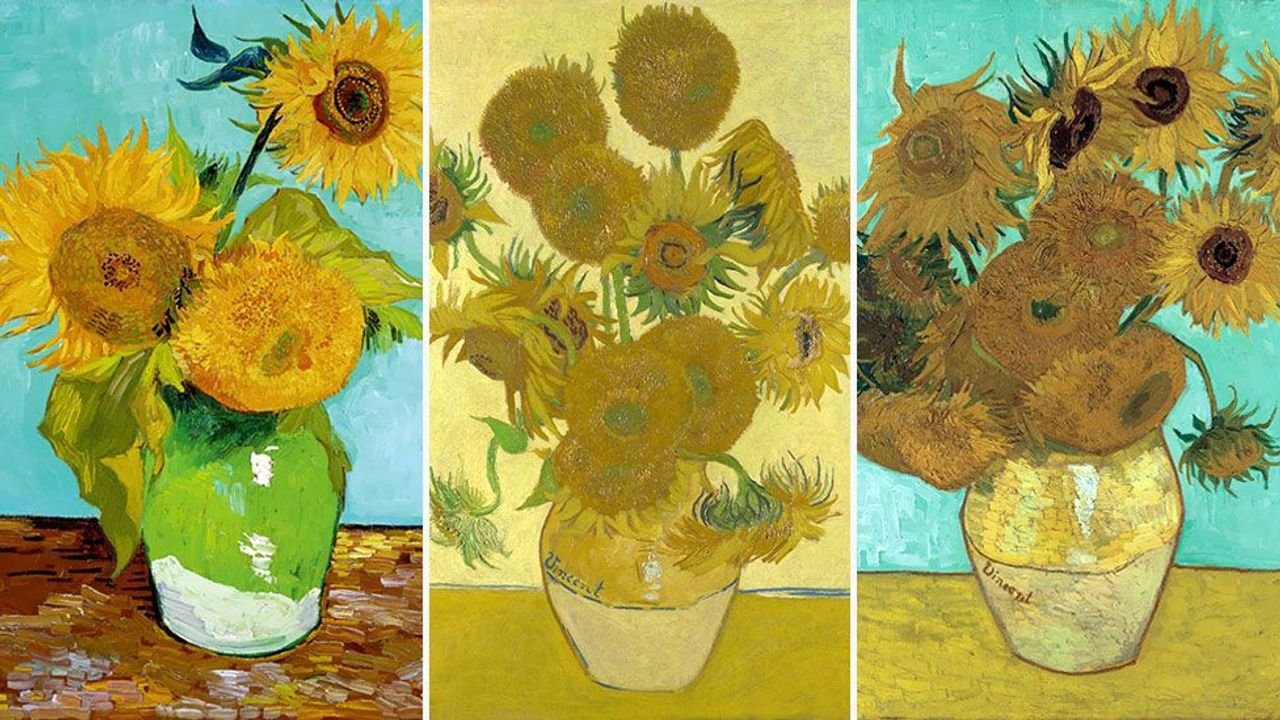Van Gogh Sunflower Symbolism: The Enduring Allure of His Iconic Blooms
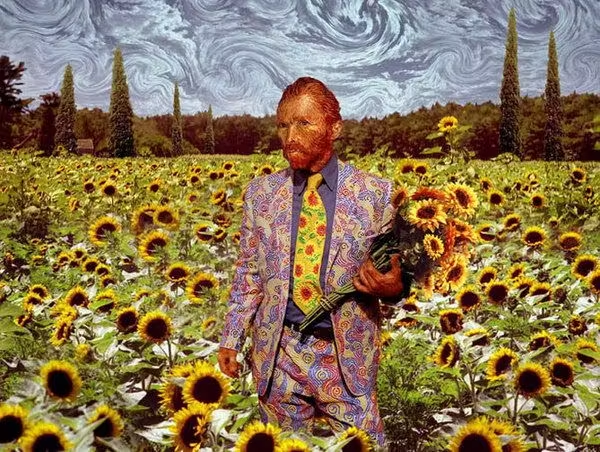
When people think of Vincent van Gogh, his bold and luminous sunflowers are often the first image that comes to mind. These paintings have not only become emblematic of the artist himself but have also come to symbolize deeper emotional and spiritual themes. Van Gogh sunflower symbolism reflects the artist’s desire for others to understand him through color and nature. But what inspired this profound connection? What messages lie beneath the thick strokes of yellow and ochre?
Van Gogh Sunflower Symbolism in Three Artistic Phases
Van Gogh’s sunflower paintings emerged in three creative bursts. The first four were produced in 1887 while he lived in Paris. The second, perhaps most iconic set, came in 1888 in Arles, where he created them in under a week with euphoric energy. The final trio was made in early 1889, when Van Gogh replicated some of his earlier works. Altogether, he produced 11 sunflower-themed paintings. These pieces were more than just aesthetic explorations; they were deeply tied to van Gogh sunflower symbolism, intended to decorate a guest room for fellow artist Paul Gauguin, symbolizing friendship and artistic solidarity. This personal use of van Gogh sunflower symbolism reflects his longing for connection and emotional warmth.
Van Gogh Sunflower Symbolism in Yellow: Emotion and Artistic Expression
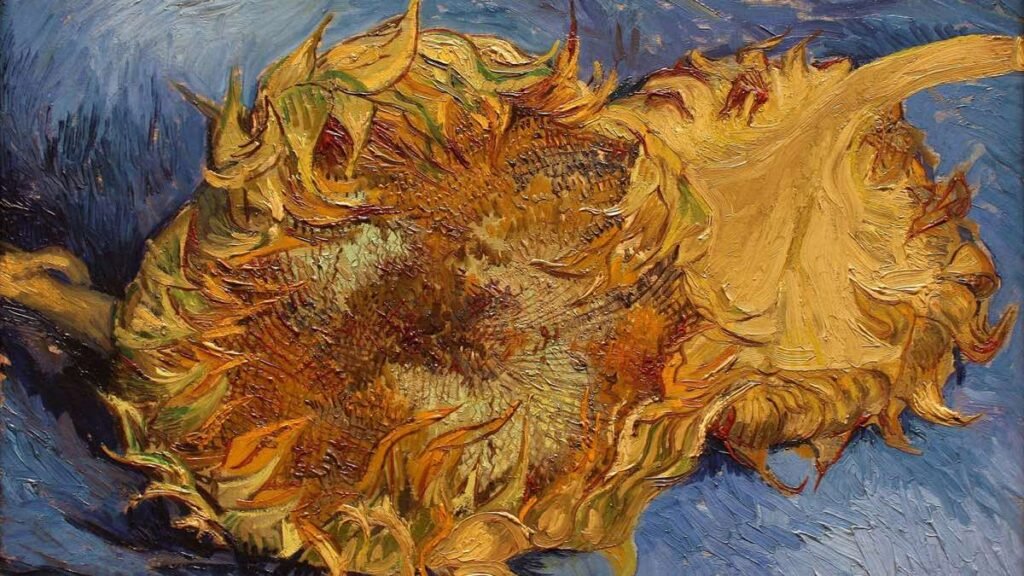
While Van Gogh never explicitly explained the meaning behind his sunflower paintings, clues exist in his letters and compositions. The flowers allowed him to experiment with yellow hues, using them to express vitality, hope, and spiritual enlightenment. Some art historians believe the sunflowers represent Van Gogh’s inner longing—for recognition, companionship, and emotional fulfillment. Their inclusion in the Arles studio was a symbolic gesture of welcome for Gauguin, whom he deeply admired.
From Isolation to Immortality: The Cultural Impact
Though Van Gogh died largely unrecognized, his sunflower paintings rose to iconic status in the early 20th century. The European avant-garde found them captivating, writers like Katherine Mansfield drew inspiration from them, and critics such as Roger Fry hailed their “supreme exuberance.“ The paintings transitioned from obscure personal works to revered symbols of artistic passion, resilience, and originality.
Van Gogh Sunflower Symbolism and Its Roots in Art History
The sunflower’s symbolic journey predates Van Gogh. Native to the Americas, the sunflower made its way to Europe in the 16th century, where its heliotropic behavior—turning to follow the sun—fascinated observers. Botanist Giacomo Antonio Cortuso connected it to the Greek myth of Clytie, a nymph whom the gods transformed into a sunflower because of her unyielding love for Apollo. This connection established the sunflower as a symbol of loyalty, devotion, and unfulfilled longing.
Devotion, Faith, and Love: Evolving Meanings
Artists like Maria van Oosterwyck and Anthony van Dyck incorporated sunflowers into works that depicted romantic and religious devotion. Van Dyck’s “Rest on the Flight into Egypt” positioned a sunflower above the Virgin Mary, representing spiritual intercession. The sunflower also came to symbolize fidelity in relationships and loyalty to artistic ideals. Dutch poet Joost van den Vondel even compared the sunflower to the nature of art itself—forever reaching for beauty and truth.
Sunflowers as Political and Social Commentary
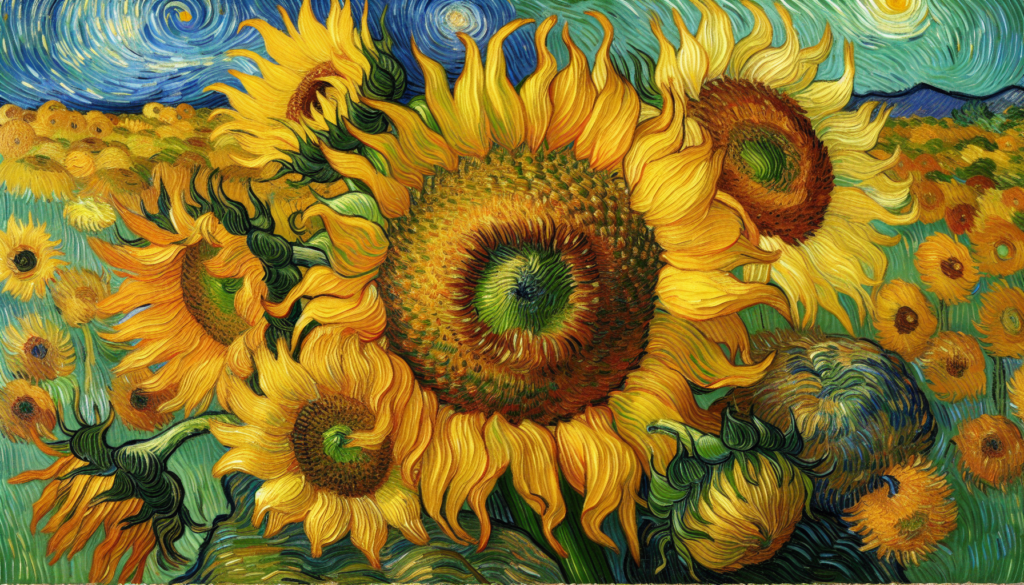
The flower’s symbolism has evolved into the political sphere as well. Ai Weiwei’s installation “Sunflower Seeds” (2010) alluded to Maoist propaganda, in which the Chairman was likened to the sun and the people to sunflowers. This modern reinterpretation casts the sunflower as a symbol of conformity, power, and resistance, reflecting societal dynamics far beyond Van Gogh’s era.
The Kiefer Connection: Anselm Kiefer and the Sunflower Legacy
German artist Anselm Kiefer has often revisited sunflower imagery in his work, most recently in the Royal Academy’s exhibition exploring Van Gogh’s influence. In pieces like “Danaë” and “Hortus Conclusus,” Kiefer portrays sunflowers emerging from books and human forms, emphasizing themes of decay, regeneration, and cosmic connection. Influenced by 17th-century mystic Robert Fludd, Kiefer sees sunflowers as bridges between earthly and celestial realms—echoing Van Gogh’s unspoken spiritual inclinations.
Transience and Eternity: What Van Gogh May Have Meant
Van Gogh once described his sunflower paintings as “a cry of anguish while symbolising gratitude.” This complex duality captures the human condition—our awareness of life’s impermanence coupled with an enduring hope for connection, love, and spiritual meaning. Whether viewed as personal totems, artistic experiments, or cultural icons, his sunflowers mirror our own search for identity and transcendence.
Sunflowers in Modern Perspective: The Cycle Continues
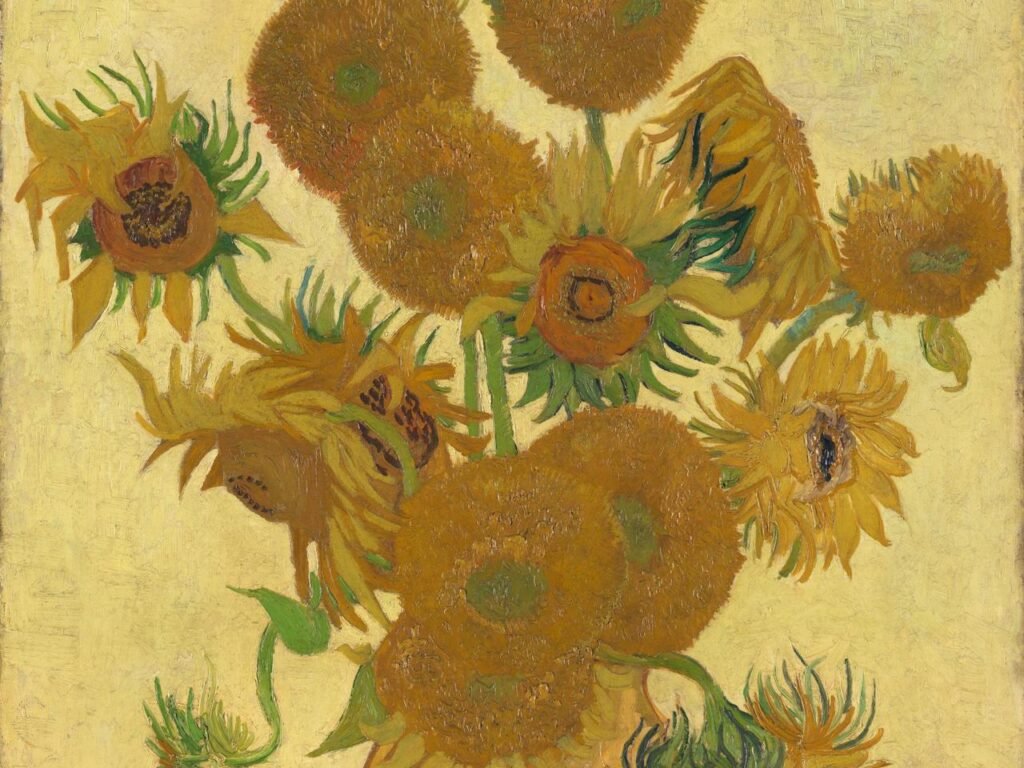
Today, Van Gogh’s sunflowers continue to resonate deeply with global audiences. They evoke themes of renewal, loyalty, and the fleeting nature of existence. Artists, writers, and thinkers still draw inspiration from their warm palette and symbolic depth. Their story is one of persistence—like the sunflower that turns to follow the sun, always seeking light.
Beyond the Petals
Van Gogh’s sunflowers are more than vibrant still-life paintings. They are visual metaphors for hope, loyalty, sorrow, and transcendence. From ancient myth to modern installations, the sunflower has remained a potent symbol of our spiritual and emotional striving. Through Van Gogh’s brush, this simple flower became a timeless icon—one that reminds us to turn toward the light, even in the darkest times.
